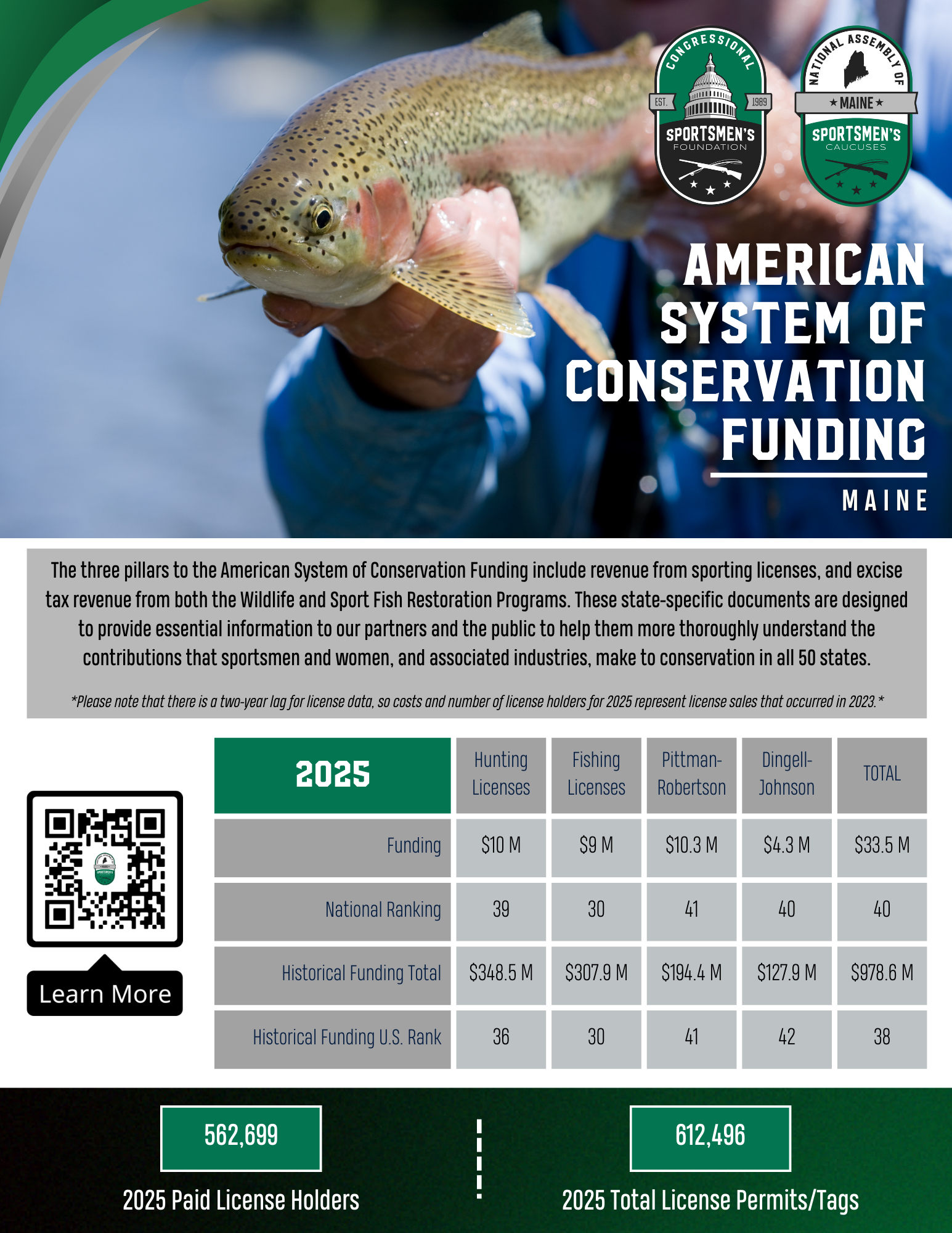Summary “No-Net-Loss” of public lands has become increasingly important to ensure access to public lands and waterways for current and future generations of sportsmen and women. Sometimes referred to as “Hunting Heritage Protection Acts,” these policies limit the loss of access to hunting and fishing opportunity by establishing a minimum acreage of publicly- owned areas …
Summary In recent years, Off Highway Vehicle (OHV) use has increased rapidly across the country.The unmitigated consequences of such growth not only threatens the environmental health of the lands used in OHV recreation but also threatens to eliminate future OHV opportunities. Some states have taken steps to provide adequate funding for sustainable OHV management and …
Introduction Sunday hunting bans are one of the last remaining examples of the puritanical blue laws that were initially designed to encourage church attendance. At the time when these restrictions were first put in place, other activities that were illegal on a Sunday included opening a store for business, drinking alcoholic beverages, and tilling your …
Summary Properly managed wildlife habitat is essential for supporting sustainable and healthy wildlife populations. Well-managed lands containvarious successional stages that provide a diversity of habitats capable of supporting a diversity of wildlife. On federal lands, however, young forests and other early seral habitats are often underrepresented. The most efficient method to improve wildlife habitat is …
Summary Funding mechanisms for search and rescue (SAR) operations vary by state, but for those in which sportsmen-generated dollars cover the costs associated with these efforts, the end result is a loss in crucial money otherwise delegated towards conservation and wildlife management. States are encouraged to explore alternate methods of funding for SAR crews, in …
Summary Anti dog-hunting groups oppose hunters’ use of dogs to both hunt and aid in the tracking and recovery of game. Without dogs, sportsmen and women’s success afield, along with their ability to recover game, would be severely limited. Additionally, by hunting with dogs, sportsmen and women are able to fulfill their ethical obligations as …
Summary Knife industry and advocacy groups have successfully worked with the U.S. Congress to amend the Federal Switchblade Act so that one-hand opening and assisted-opening knives with a “bias toward closure,” like those used for hunting, are not classified as switchblades. Passing laws at the state level that are similar to the federal exemption to …
Summary The use of lead ammunition and lead tackle in hunting and angling is a contentious issue, with the primary concern being the potential effects on wildlife. However, to this date, there has been no documented evidence that sportsmen’s use of lead has had significant deleterious impacts on wildlife at the population level in the …
Summary National Hunting and Fishing Day celebrates the time-honored traditions of hunting and angling, as well as the immense conservation and economic contributions made over time by the original conservationists – sportsmen and women – who support sound, science-based wildlife management through license sales, excises taxes on outdoor gear, and sustainable-use models. National Hunting and …















